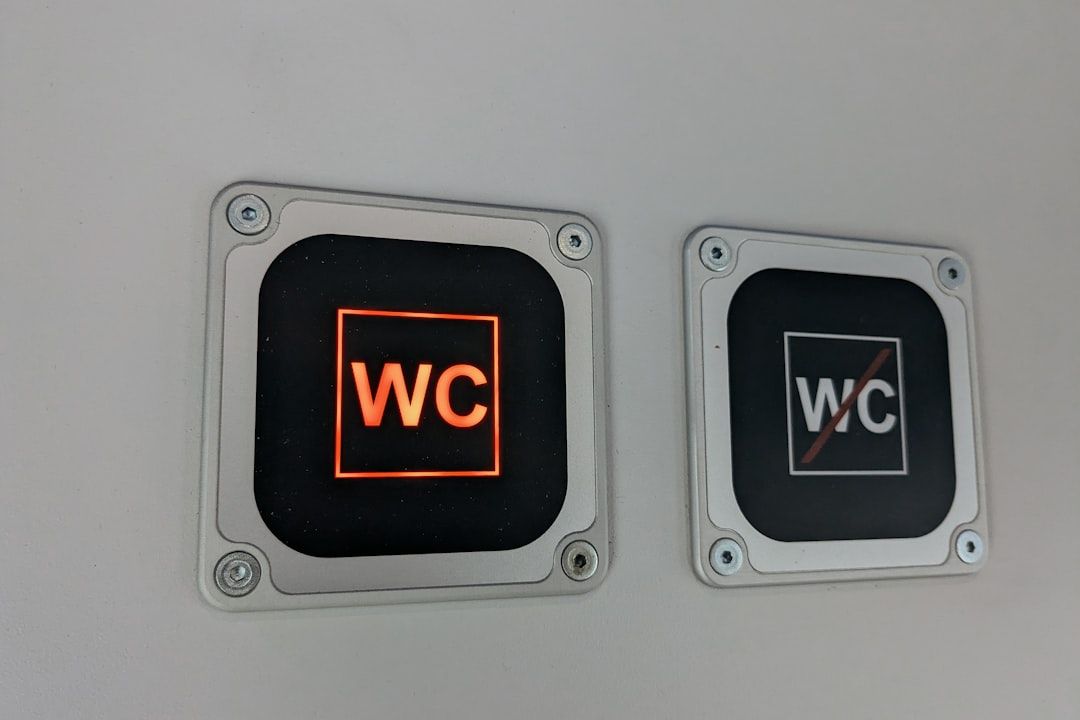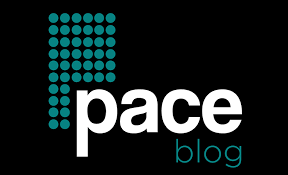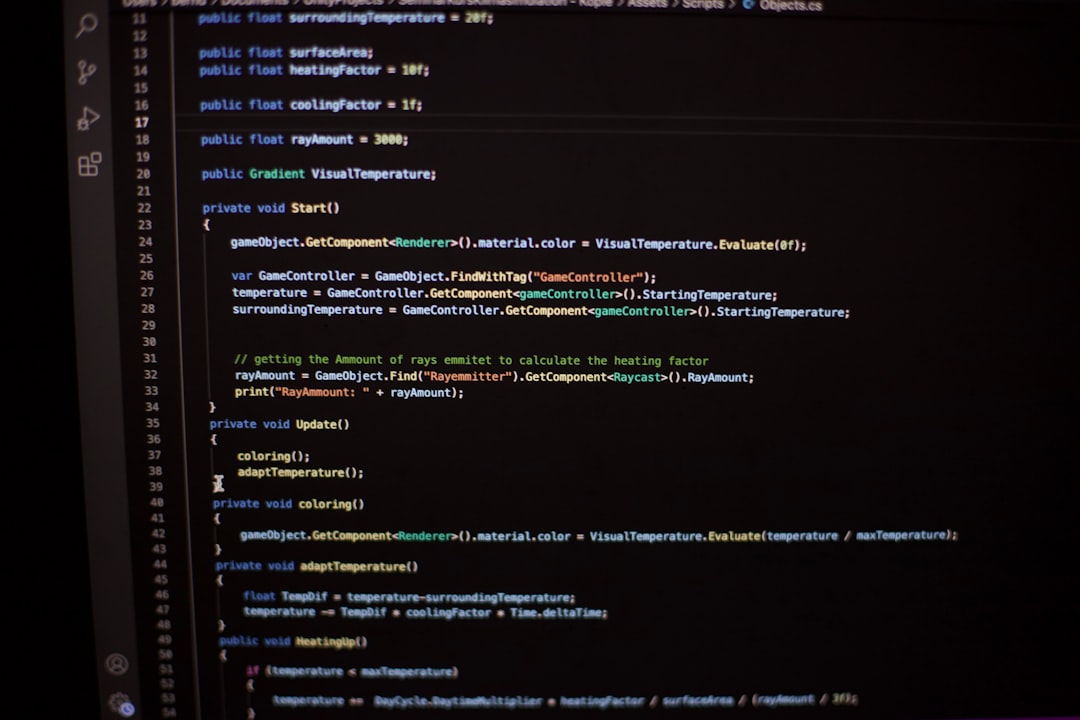WordPress powers over 40% of all websites on the internet, making it one of the most popular content management systems in the world. With its ease of use, endless customization options, and vibrant community, it’s no wonder so many individuals and businesses choose WordPress. However, this popularity also makes it a frequent target for hackers and malicious bots. Ensuring your WordPress site is secure requires awareness and action—especially when it comes to common security missteps that many users make.
1. Using Weak or Default Usernames and Passwords
One of the biggest vulnerabilities for any website comes down to its login credentials. The username “admin” is the most commonly used default admin name—and hackers know this. Combined with weak passwords like “123456” or “password,” it becomes an open invitation for brute force attacks.
How to avoid this:
- Change default usernames to something unique and unrelated to your site’s domain.
- Use complex passwords that include letters, numbers, and symbols.
- Enable two-factor authentication (2FA) for an extra layer of protection.
2. Failing to Keep WordPress Core, Themes, and Plugins Updated
Outdated software presents known vulnerabilities. Hackers actively scan the web for websites running outdated versions of WordPress, themes, or plugins.
Updates are released not just for features, but also to patch security issues. Ignoring them could compromise your whole site.
How to avoid this:
- Set your WordPress core to update automatically, especially for minor releases and security patches.
- Regularly check for updates on your plugins and themes.
- Avoid abandoned plugins—if a plugin hasn’t been updated for over a year, consider alternatives.

3. Using Nulled or Pirated Themes and Plugins
It’s tempting to save money by downloading free versions of premium themes and plugins from unauthorized sources. However, these nulled versions often come loaded with malware, backdoors, and malicious code.
How to avoid this:
- Only download plugins and themes from reputable sources such as the official WordPress repository or trusted developers.
- Invest in quality themes and plugins—consider it part of your site’s long-term security investment.
4. Not Using a Security Plugin
Many WordPress users assume their hosting provider has them covered when it comes to security. While some hosts offer basic protections, they usually aren’t tailored to every WordPress site’s unique needs. That’s where a dedicated security plugin comes into play.
How to avoid this:
- Install a reputable security plugin like Wordfence, Sucuri, or iThemes Security.
- Configure it to run regular malware scans, firewall monitoring, and login attempt limits.

5. Not Backing Up Your Website
No security system is 100% foolproof. In the event of a hack, crash, or accidental deletion, having a recent backup could be what saves your business or blog from total loss.
How to avoid this:
- Schedule automatic backups of your entire site—files and database.
- Store backups in a remote location like Dropbox, Google Drive, or a dedicated cloud storage service.
- Test your backup restoration process periodically to ensure it’s working properly.
6. Granting Too Many Admin Privileges
Every user doesn’t need admin-level access. Granting unnecessary permissions opens up more doors for potential misuse or accidental damage.
How to avoid this:
- Assign roles with the minimum privileges required for their responsibilities.
- Use the User Role Editor plugin to customize what each role can and cannot do.
- Regularly audit users and remove inactive or redundant accounts.
7. Ignoring HTTPS and SSL Certificates
HTTPS protects your website’s connection by encrypting data that moves between your server and the user’s browser. Not only is it essential for security, it’s also a ranking factor in Google’s algorithm.
How to avoid this:
- Make sure your hosting provider offers SSL certificates—many now provide them free with Let’s Encrypt.
- Use plugins like Really Simple SSL to easily configure HTTPS if your site was previously set up with HTTP.
8. Disabling Error Reporting Improperly
While error logs are valuable during development, displaying them on a live site can expose sensitive information, including file paths, database table names, and more.
How to avoid this:
- Disable error reporting on your live site using
wp-config.phpby addingdefine('WP_DEBUG_DISPLAY', false); - Log errors to a secure file that is not publicly accessible.
9. Leaving Default Database Prefix
By default, WordPress uses “wp_” for its database tables. Hackers often target sites under the assumption this prefix hasn’t been changed, making their attacks easier.
How to avoid this:
- When installing WordPress, change the database prefix to something less predictable like
wp99x_. - If your site is established, use plugins like iThemes Security to safely change the database prefix.
10. Forgetting to Disable File Editing
WordPress comes with a built-in file editor that allows admin users to edit plugin and theme files from the dashboard. If a hacker gains access, they could use it to insert malicious code easily.
How to avoid this:
- Disable the file editor by adding
define('DISALLOW_FILE_EDIT', true);to yourwp-config.phpfile.
Bonus Tip: Monitor Activity and Logs
Keeping track of your users’ actions and monitoring access logs can help identify and stop a breach early.
How to avoid this:
- Use plugins that track login attempts, location-based logins, or sudden spikes in traffic.
- Regularly check access logs through your hosting dashboard or a dedicated monitoring plugin.
Conclusion
WordPress is a powerful and flexible tool, but its vast ecosystem and open-source nature mean that proper security practices are non-negotiable. By addressing the most common security mistakes—from weak passwords and outdated plugins to improper user roles—you can build a stronger, more resilient website.
Remember that WordPress security is an ongoing process. Stay informed, stay updated, and never take your site’s safety for granted. Protecting your work today could save you weeks of troubleshooting tomorrow.

